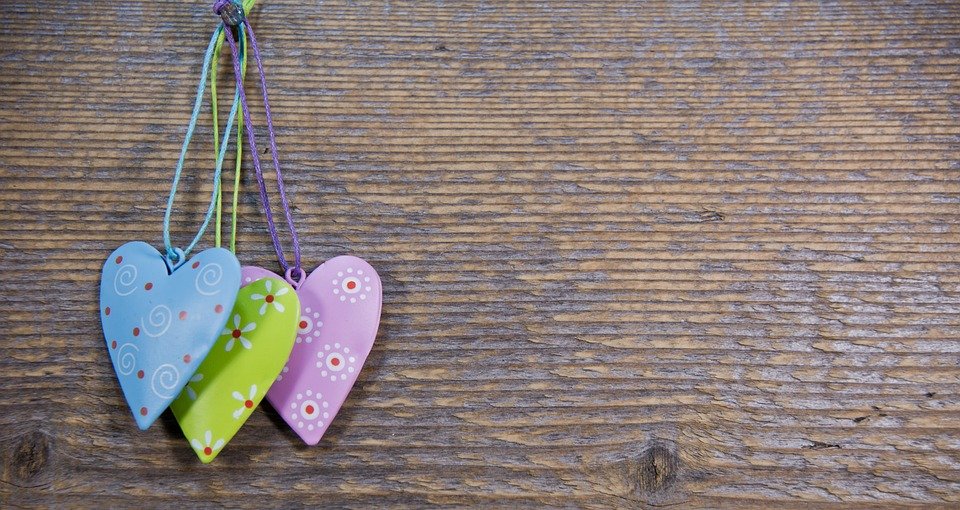Harnessing the Power of Ball Harmonics: Creating Harmonious Melodies with Bouncing Balls
Introduction
music has always been an expression of human creativity and emotion. From classical symphonies to modern electronic beats, the possibilities for creating beautiful melodies seem endless. However, in recent years, musicians and scientists alike have been exploring unconventional methods to produce unique and harmonious sounds. One such method involves harnessing the power of ball harmonics, using bouncing balls to create melodies that are both mesmerizing and enchanting.
Understanding Ball Harmonics
Ball harmonics refer to the phenomenon of sound generation when a ball bounces off a surface. When a ball strikes a solid object, it creates vibrations that travel through the air, producing audible sound waves. These vibrations are influenced by various factors such as the material and shape of the ball, the surface it bounces on, and the force with which it is struck.
Ball harmonics occur due to the interaction between the ball and the surface it bounces on. The ball compresses upon impact, storing potential energy. As it rebounds, this potential energy is converted into kinetic energy, causing the ball to vibrate. The vibrations produced during this process create a unique set of frequencies that form the basis of ball harmonics.
Creating Harmonious Melodies
Harnessing the power of ball harmonics opens up a whole new world of possibilities for musicians and sound enthusiasts. With careful selection of materials, surfaces, and striking techniques, one can create harmonious melodies using bouncing balls.
The first step in creating harmonious melodies with bouncing balls is selecting the right type of ball. Different balls produce different sounds due to variations in their material properties. For example, a rubber ball will generate a different tone compared to a metal ball. Experimenting with different types of balls can lead to the discovery of unique and intriguing sounds.
The surface on which the ball bounces also plays a crucial role in shaping the harmonics. Softer surfaces, such as foam or carpet, tend to absorb some of the ball’s energy, resulting in a muffled sound. On the other hand, harder surfaces, like glass or metal, reflect more energy, producing a sharper and more distinct tone. Musicians can experiment with various surfaces to find the desired timbre and resonance for their compositions.
The technique used to strike the ball is another important factor in creating harmonious melodies. Striking the ball with different levels of force will produce variations in pitch and intensity. A gentle tap may create a soft and soothing sound, while a stronger impact can generate a more powerful and dynamic tone. By mastering different striking techniques, musicians can add depth and emotion to their compositions.
Benefits and Applications
The exploration of ball harmonics offers numerous benefits and applications in the field of music. Firstly, it provides musicians with a fresh and innovative way to create melodies. By incorporating bouncing balls into their compositions, musicians can add a new layer of complexity and uniqueness to their music.
Furthermore, ball harmonics can be used as a therapeutic tool. The soothing and rhythmic sounds produced by bouncing balls have a calming effect on the mind and body. This can be particularly useful in relaxation therapy or stress reduction techniques.
Additionally, ball harmonics can be used in sound design for various media applications. From video games to film scores, the incorporation of ball harmonics can enhance the immersive experience for the audience, adding a touch of realism and intrigue.
FAQs
Q: Can any type of ball be used to create harmonious melodies?
A: While different balls produce different sounds, almost any ball can be used to create melodies. It is recommended to experiment with various types of balls to find the desired tone and timbre.
Q: Is it necessary to strike the ball with force to create harmonics?
A: No, the force with which the ball is struck can vary depending on the desired sound. Experimenting with different levels of force will help in achieving the desired pitch and intensity.
Q: Are there any safety precautions to consider when practicing ball harmonics?
A: Yes, it is important to ensure a safe environment when practicing ball harmonics. Make sure there is enough space to move freely and avoid potential hazards. Additionally, be mindful of the surface on which the ball bounces to prevent injuries.
Q: Can ball harmonics be combined with traditional musical instruments?
A: Absolutely! Ball harmonics can be seamlessly integrated with traditional musical instruments, creating a unique and captivating fusion of sounds. Experimentation is key to finding the perfect balance between different elements.
Q: Are there any resources available for learning more about ball harmonics?
A: While ball harmonics is still a relatively unexplored field, there are online communities and forums where enthusiasts share their experiences and techniques. Additionally, experimenting and exploring on your own can lead to exciting discoveries.
Conclusion
Harnessing the power of ball harmonics presents a fascinating avenue for musicians and sound enthusiasts to explore. By understanding the principles behind ball harmonics and experimenting with different materials, surfaces, and striking techniques, one can create harmonious melodies that push the boundaries of traditional music. The unique sounds produced by bouncing balls offer endless possibilities for creativity and self-expression. So, grab a ball, unleash your creativity, and let the harmonious melodies bounce through the air.

